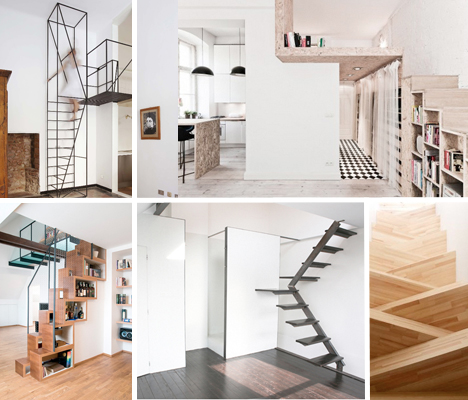Choosing the Right Materials for Your Staircase
.jpg?1654265144)
The material selection for your staircase impacts not just aesthetics but also durability, maintenance, acoustics, and even the perceived value of your home. This comprehensive guide examines the pros and cons of popular staircase materials to help you make an informed decision.
Solid Wood: Timeless Elegance
Wood remains the most popular choice for residential staircases:
- Oak: Durable and versatile, available in red and white varieties. Moderate cost ($50-100 per step).
- Maple: Harder than oak, with a fine grain. Excellent for painted finishes ($60-120 per step).
- Walnut: Premium option with rich coloration ($100-200 per step). Requires careful maintenance.
- Exotic Woods: Ipe, mahogany, and teak offer unique aesthetics but higher costs ($150-300+ per step).
Metal: Modern and Industrial
Metal staircases create striking visual statements:
Common metal options include:
- Steel: Extremely strong but prone to corrosion unless treated. Powder coating adds $20-50 per square foot.
- Stainless Steel: Corrosion-resistant but shows fingerprints. Costs $100-250 per square foot installed.
- Aluminum: Lightweight and rust-proof but less rigid. Ideal for floating designs ($80-180 per square foot).
Glass: Transparency and Light
Glass stair elements create an open, airy feel:
- Tempered Glass Treads: 1-1.5 inches thick with anti-slip treatment. $200-400 per square foot.
- Laminated Glass: Added safety with PVB interlayer. 15-20% more expensive than tempered.
- Frosted/Textured: Improves traction while maintaining light transmission. Adds $30-60 per square foot.
Stone and Concrete: Monumental Presence
These materials offer unparalleled durability:
- Marble: Luxurious but can be slippery when polished ($150-300 per square foot).
- Granite: Extremely hard wearing with natural traction ($120-250 per square foot).
- Precast Concrete: Modern alternative with design flexibility ($80-150 per square foot).
When selecting materials, consider not just initial costs but also long-term maintenance, acoustic properties (especially important in multi-story homes), and how the choice complements your overall architectural style. Many successful designs combine materials—such as wood treads with metal stringers—to achieve both aesthetic and functional goals.
Back to Top



